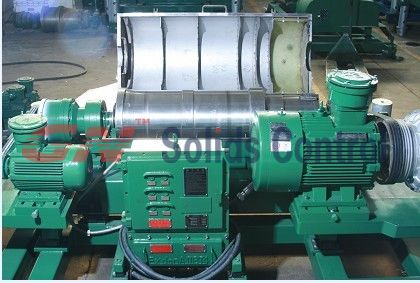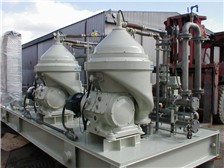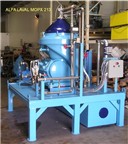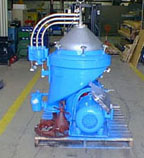By Cameron French
TORONTO, June 18 (Reuters) - A global shift toward nuclear power is prompting countries to rush to lock in long-term access to tight supplies of uranium, and China and India look to be the next players to get in on the action.
A tie-up between Rosatom, the Russian state-owned producer, and Canada-based miner Uranium One announced this week is just the latest in a series of moves on the part of Asian and European countries to lock in uranium supply to fuel construction of dozens of new reactors over the next decade.
"I think increasingly the supply of reactors is being tied to security of supply of nuclear fuel," said Divya Reddy, an energy analyst with the Eurasia Group in Washington.
Rosatom secured a 17 percent stake in Uranium One and a long-term supply deal in exchange for a half stake in the Karatau mine in Kazakhstan.
Uranium One is also trying to close a C$270 million ($240 million) 20 percent share sale and supply agreement with Japan's Toshiba Corp <6502.t>, Toyko Electric Power Co <9501.t>, and Japan Bank for international Cooperation, while uranium miner Denison Mines recently agreed to sell 20 percent of itself to Korea Electric Power Corp <015760.t>.
Reddy sees more activity from Russia as it strives to expand its influence in the nuclear industry, but said the most likely sources of demand in the longer run will come from Asia, including India, which last year signed a deal ending a three-decade ban on nuclear trade with the United States.
"There is definitely growth in demand from developing countries. China would be the biggest market, India probably next," she said.
China, with the most ambitious nuclear power expansion plans, has been in talks with top uranium miner Cameco about a potential supply deal, a company spokesman confirmed.
Australia is also mulling selling uranium from BHP Billiton's Olympic Dam mine to China, provided it is not used in Beijing's weapons program.
100 NEW REACTORS
Led by China, India and Russia, more than 100 new reactors will be built over over the next decade, Cameco estimates, all part of a global push to reduce dependence on greenhouse gas-producing power sources such as coal.
With new reactors expected to be larger on average than the 426 currently in operation, generating capacity would grow by 28 percent, the company says.
"Over 10 years, the demand for uranium will definitely continue to rise, and there will be a need for new mines and new solutions," said Mike Goldenberg, director of nuclear fuel markets at New York-based Evolution Markets.
Meanwhile, state-run Russian and Kazakh nuclear concerns have been busy signing deals with countries such as China and Japan to export nuclear industry and technology.
Traditionally a small industry with production dominated by Canada in recent years, the uranium sector has come alive of late as rising demand has driven prices up sharply from the $7 a pound they were trading at in 2000.
Spot uranium, which peaked at $136 a pound in 2007, was at $53 a pound this week.
Kazakhstan has leveraged its massive reserves into a rapidly expanding industry, while Australia is also ramping up production with several mines in the planning stage.
Uranium One CEO Jean Nortier said last week that Africa could emerge as the next hot spot for the mineral, where uranium is often found in copper and gold deposits.
Equinox Minerals , for instance, plans to build a uranium mill to process ore from its Lumwana copper mine in Zambia.
Increases in production will be necessary to keep afloat an industry that is already sharply in deficit.
PRODUCTION SHORTFALL
Mined production last year fell short of consumption by about 60 million pounds, with the shortfall made up largely by recycled material and diluted enriched uranium from decommissioned nuclear weapons, sold by Russia under an agreement with Western producers that will end in 2013.
"The Chinese are already out actively sourcing (uranium), and most recently, because they've just recently been allowed back in to the nuclear club, India has been courted by just about every nuclear technology supplier in the world," said George Topping, an analyst at Blackmont Capital in Toronto.
With mid-tier producers such as Uranium One and Denison already having taken on national partners, Topping expects uranium-hungry countries to seek supply deals with top producers such as Cameco BHP and Rio Tinto , and enter deals to finance smaller developers with viable projects.
"(Buying a stake,) that's the first choice, but if you can't have that, then you can finance companies with advanced deposits," he said.
source: www.guardian.co.uk












